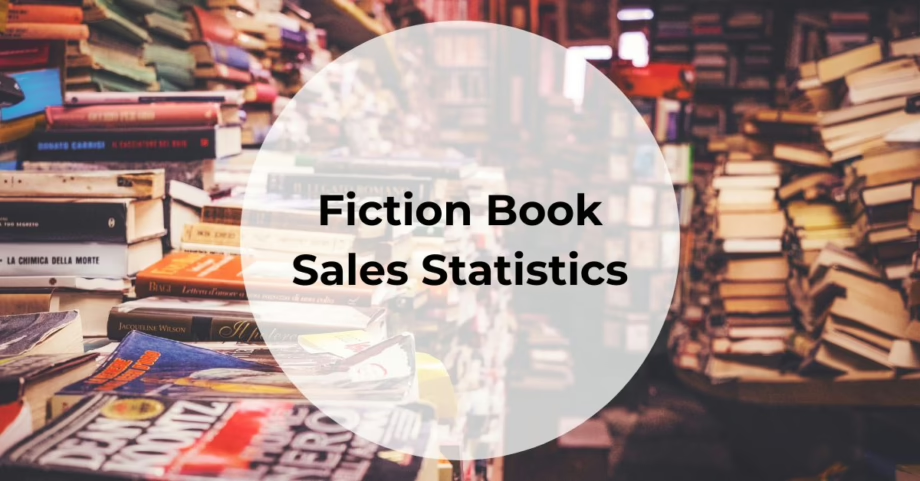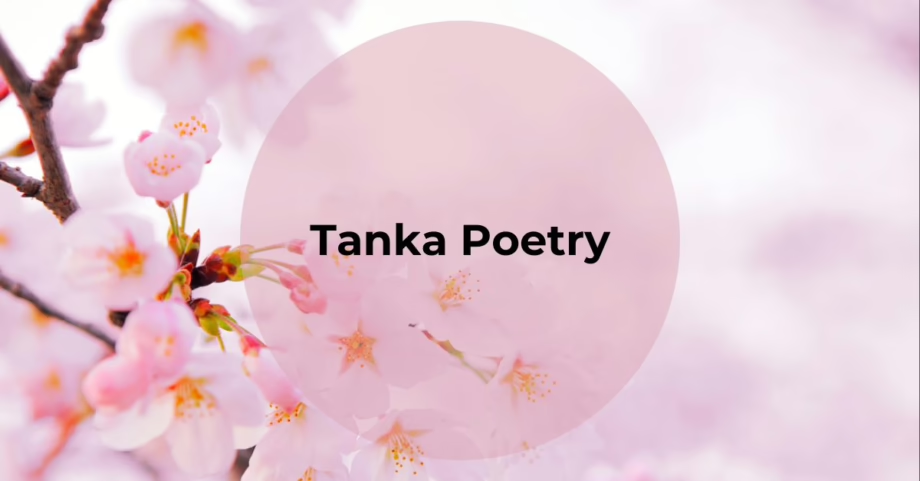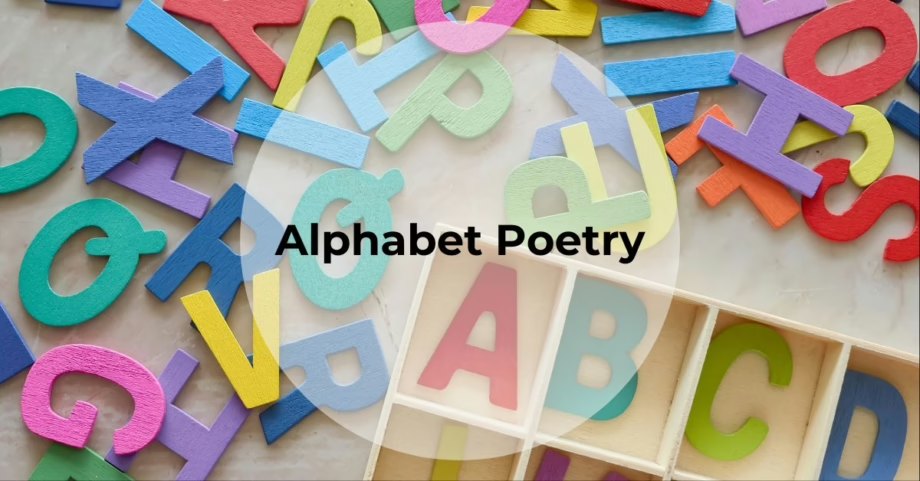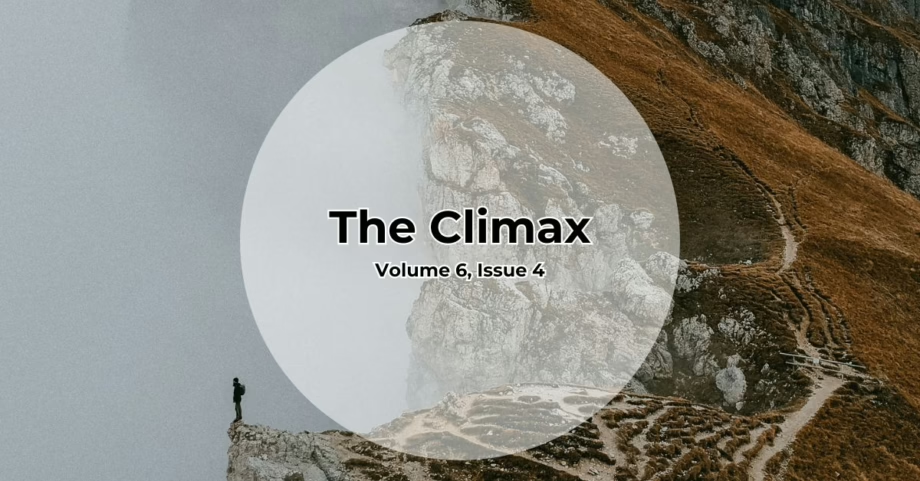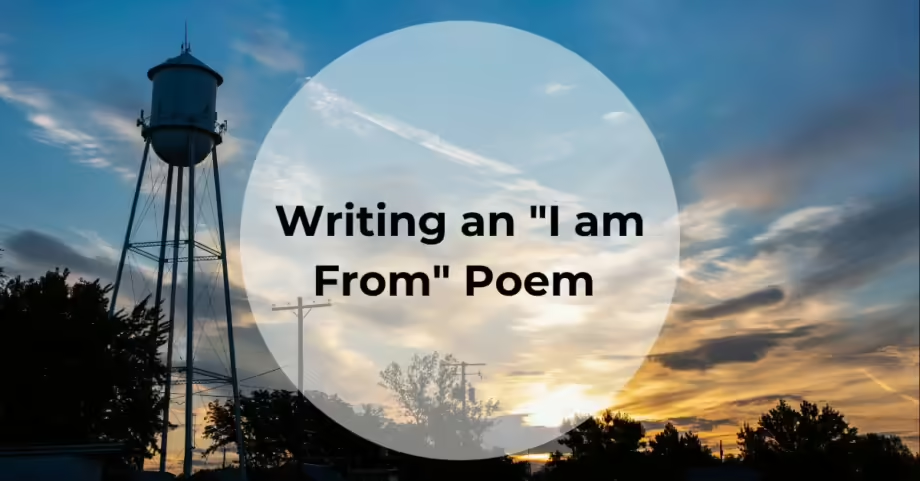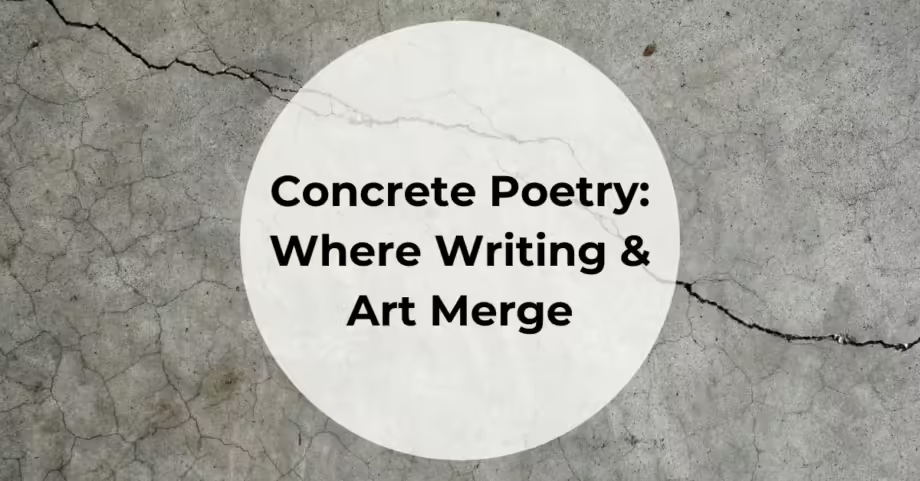As writers, we understand the importance of capturing our readers’ attention from the beginning. A captivating hook can make the difference in whether a reader continues to turn the pages or puts the book down. In this article, we will dive into the art of hooking readers and explore various techniques to write a magnetic hook in your novel.
What is The Hook in a Story?
A hook is the opening line or paragraph of a story that grabs the reader’s attention and compels them to continue reading. It sets the tone, introduces the central conflict, and entices the reader to find out more. A strong hook not only captures the reader’s interest but also establishes the unique voice and style of the author.
There are different types of hooks that writers can employ to engage readers right from the start. Let’s explore some of them in the next section.
Different Types of Hooks Used in Novels
- Action hook: This type of hook plunges the reader into the midst of an exciting or dramatic event. It creates a sense of urgency and makes the reader curious about what will happen next. For example, “Gunshots echoed through the night, and I knew my life would never be the same.”
- Mystery hook: A mystery hook presents a puzzling situation or poses a question that intrigues the reader. It entices them to keep reading to uncover the answers. For instance, “The old diary contained a secret that could change everything I thought I knew about my family.”
- Character hook: Character hooks focus on introducing a compelling protagonist or antagonist. They give readers a glimpse into a fascinating personality or a morally complex individual. A character hook could be something like, “She was a thief with a heart of gold, stealing from the rich to help the poor.” Learn more about character development here.
Experimenting with these different types of hooks can help you find the one that best suits your story and captivates your readers. Now, let’s take a look at some examples of successful hooks in literature.
Examples of Successful Hooks in Literature
These famous opening lines immediately draw the reader in, piquing their curiosity and setting the stage for the story that follows. Notice how each hook creates intrigue, introduces a unique voice, or establishes a compelling premise.
- “It was a bright cold day in April, and the clocks were striking thirteen.” – George Orwell, 1984
- “It is a truth universally acknowledged, that a single man in possession of a good fortune, must be in want of a wife.” – Jane Austen, Pride and Prejudice
- “Call me Ishmael.” – Herman Melville, Moby-Dick
5 Tips for Writing a Hook for A Novel
Want to write a powerful hook that will grab your readers’ attention and keep them engaged throughout your novel? Here are our five tips for better hook writing.
- Know your readers: Understand who your target readers are and what kind of hooks would appeal to them. A hook that works for a thriller will not be effective for a romance novel.
- Keep it concise: A hook should be short and impactful. Aim for a single sentence or a paragraph that captures the essence of your story.
- Create intrigue: Make your readers curious by presenting a question, a mystery, or a conflict that needs resolution. This will entice them to keep reading to find the answers.
- Establish the tone: Use your hook to set the tone of your story. Is it dark and suspenseful, light and humorous, or something in between? The tone should be reflected in your opening lines.
- Show, don’t tell: Instead of providing exposition or backstory, show the reader a vivid scene or introduce a compelling character. Engage their senses and make them feel like they are in the story.
Looking for more novel-writing tips? Read our resources on how to outline a novel and how long it takes to write a novel.
Mistakes to Avoid When Writing a Hook
- Starting with a cliché: Avoid overused phrases or ideas that readers have seen too many times. Be original and find a fresh approach to hook your audience.
- Providing too much information: A hook should create curiosity, not overwhelm the reader with details. Avoid giving away too much of the plot or backstory in your opening lines.
- Lack of clarity: Make sure your hook is clear and easy to understand. Confusing or convoluted hooks can turn readers away. Remember, the purpose of a hook is to draw readers in, not to confuse or bore them. Keep it concise, intriguing, and reflective of your story’s tone. With practice, you will find the perfect hook that sets the stage for your novel.
- Experiment With Hooks to Find The Right Fit: Writing a hook is not a one-size-fits-all process. It requires experimentation and revision to find the hook that best captures the essence of your story. Try out different hooks and seek feedback from your writing peers or beta readers.
The Art of Hooking Readers
In conclusion, writing a captivating hook is essential to engage readers and keep them invested in your story. By understanding the different types of hooks, studying examples from literature, and following the tips provided, you can craft a hook that grabs your readers’ attention from the very first line.
Remember to experiment and revise your hooks until they resonate with your target audience. Writing a compelling hook is a skill that can be honed with practice. So, keep writing, keep experimenting, and most importantly, keep hooking your readers from the very beginning.
Now, it’s your turn to put these techniques into practice. Start crafting your hook today and captivate your readers from the opening lines to the very last page. Happy writing!
Share your favorite hooks from literature or your own writing in the comments below!
Have you written a hook you love? Consider submitting to our magazine.
Fiction Book Sales Statistics (2025): A Writer’s Guide
Understanding the data behind fiction book sales isn’t just interesting trivia—it can shape how you…
Tanka Poetry: History, Structure, and How to Write Your Own
Tanka poetry is a traditional Japanese poetic form known for its brevity, emotional depth, and…
Alphabet Poetry: How to Craft Engaging Poems From A to Z
Alphabet poetry, sometimes called abecedarian poetry, is a fun form of creative writing that uses…
The Climax: Volume 6, Issue 4
I didn’t know what to expect when I started this magazine in 2018. A few…
I am From Poems & How to Write One
Poets often reflect on the places they came from. An origin poem, of sorts. Made…
Concrete Poetry: Where Writing & Art Merge
Writers always look for ways to push boundaries, combining forms and experimenting with genres. Concrete…


